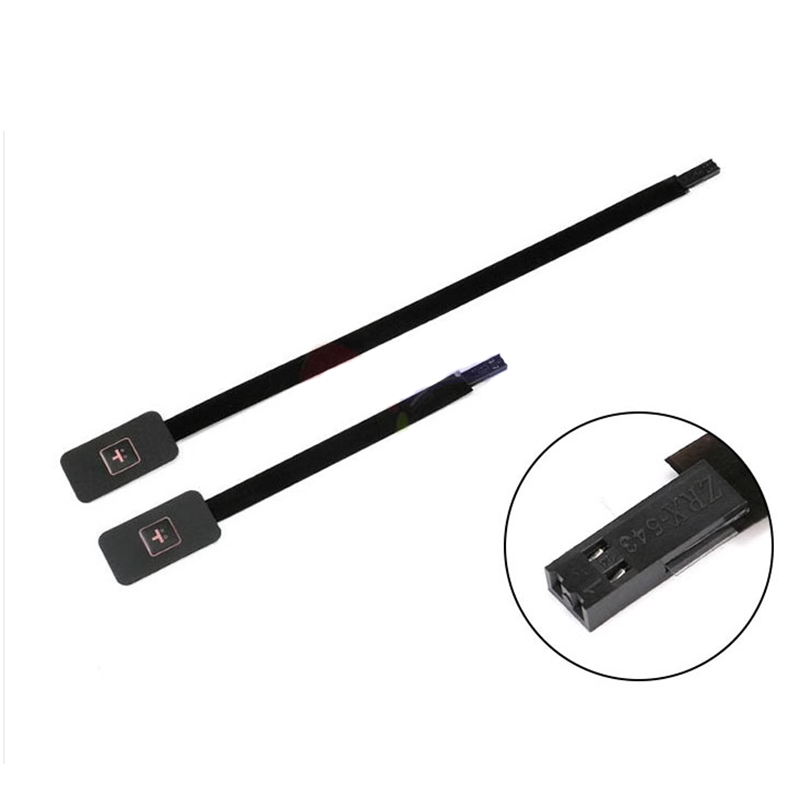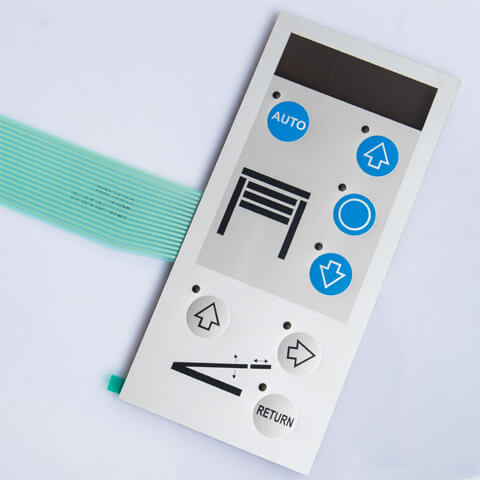How Membrane Switches Improve User Experience in Mobile Devices
How Membrane Switches Improve User Experience in Mobile Devices
Blog Article
Membrane Switch Innovation: The Trick to Trusted and Cost-Effective Interfaces
Membrane layer switch modern technology has actually emerged as a pivotal component in the design of customer interfaces, supplying both reliability and cost-effectiveness across a diverse array of applications. As we check out the multifaceted benefits of membrane buttons, their capacity for development elevates concerns about future applications and advancing patterns.
Understanding Membrane Layer Switch Modern Technology
Membrane button technology is an extensively utilized interface service in various electronic tools, providing a smooth mix of capability and design. This modern technology incorporates numerous layers of materials, typically including a visuals overlay, spacer layer, and a circuit layer. The graphic overlay shows the user interface elements, while the spacer layer separates the circuit layer from the overlay till an individual turns on a switch.
When pressure is related to the overlay, the circuit layer completes the electrical circuit, sending a signal to the tool. This mechanism permits numerous configurations, including responsive feedback and backlighting alternatives, enhancing individual communication. Membrane layer switches are commonly made utilizing long lasting products such as polyester or polycarbonate, guaranteeing durability and resistance to ecological elements like wetness and dirt.
The versatility of membrane changes allows their application in varied industries, consisting of clinical devices, consumer electronics, and industrial controls. Their portable style enables assimilation into space-constrained settings, giving a reliable interface without compromising visual appeal. Comprehending the ins and outs of membrane layer switch modern technology is vital for makers and designers seeking to create trustworthy and effective human-machine user interfaces.
Secret Advantages of Membrane Layer Buttons
While different user interface options exist, membrane changes offer distinct benefits that make them a preferred choice in many applications. Among the main benefits is their sturdiness; membrane switches are designed to withstand harsh ecological problems, consisting of wetness, dirt, and temperature level variations, making certain long-lasting performance. This resilience substantially reduces the need for constant substitutes, thus lowering total maintenance costs.

In addition, membrane layer switches are light-weight and portable, making them suitable for applications where area is restricted. Their inconspicuous layout adds to a smooth look without compromising performance.
Cost-effectiveness is additionally a notable advantage, as the manufacturing process for membrane switches over often tends to be less costly compared to standard mechanical buttons. This price, combined with their dependability and convenience of installment, placements membrane layer switches as a practical service for a variety of sectors looking for reliable and reliable interface.
Applications Throughout Numerous Industries
Just how do membrane layer buttons adjust to the varied demands of numerous markets? Membrane layer button innovation is progressively acknowledged for its convenience, making it ideal for a vast array of applications throughout numerous fields. In the clinical field, membrane buttons are made use of in analysis devices and client monitoring devices, where their sturdiness and simplicity of cleaning are important for preserving see this here hygiene criteria. The auto market utilizes these switches in control panels and control board, supplying a structured aesthetic while ensuring straightforward procedure.
In consumer electronic devices, membrane buttons offer a portable option for remotes and home devices, improving user experience through intuitive layout. Furthermore, the industrial industry leverages membrane layer buttons for equipment control panels, gaining from their resistance to rough environments, such as moisture and dirt.
Military and aerospace applications likewise make use of membrane buttons for their dependability and capacity to withstand severe problems, guaranteeing functional performance in critical scenarios. Furthermore, visit homepage the food and beverage market takes on these buttons for automated systems, where sanitation and simplicity of procedure are critical. Inevitably, membrane switches are tailored to satisfy the special needs of each sector, proving their important function in contemporary innovation interfaces
Style and Customization Alternatives

In the world of membrane layer button modern technology, layout and modification alternatives play an essential role in boosting performance and individual interaction. These switches can be tailored to meet specific functional needs and visual preferences, making them versatile elements in different applications.
One of the primary modification alternatives is the design of the switch itself, which can be developed to fit special individual interfaces and ergonomic considerations. By adjusting the form, size, and arrangement of buttons, manufacturers can create instinctive styles that help with ease of usage. In addition, the consolidation of different colors and visuals overlays allows for branding and improved visibility, ensuring that customers can rapidly identify features.
In addition, membrane buttons can be crafted with different responsive comments mechanisms, such as elevated buttons or distinct clicks, to enhance the customer experience. Different products can additionally be selected for resilience and ecological resistance, attending to factors such as wetness, temperature variations, and chemical exposure.
Inevitably, the substantial design and modification choices offered in membrane switch technology encourage organizations to produce customized services that not only fulfill functional needs yet also straighten with their branding and operational requirements.

Future Patterns in Membrane Switches
As membrane switch innovation continues to evolve, future fads are progressively focused on enhancing customer experience and incorporating innovative functionalities. One significant trend is the integration of touch-sensitive and capacitive innovations right into traditional membrane layer buttons. This development permits even more intuitive customer interfaces, providing tactile comments while keeping a Visit Website sleek layout.
An additional emerging fad is using eco friendly materials, driven by the expanding demand for lasting production techniques. Producers are seeking to decrease their carbon footprint by using recyclable substrates and low-impact inks, lining up with worldwide sustainability objectives.
Moreover, the rise of the Internet of Points (IoT) is motivating the incorporation of clever attributes into membrane layer switches. Improved connectivity options will allow gadgets to interact with each various other, enabling seamless integration right into more comprehensive systems.
In addition, improvements in printing modern technologies, such as electronic printing, are permitting greater layout adaptability and personalization. This allows makers to create elaborate layouts and vivid colors cost-effectively.

Verdict
To conclude, membrane button innovation stands for a crucial advancement in interface layout, providing considerable advantages in durability, personalization, and cost-effectiveness. Its prevalent applicability across diverse markets underscores its importance in modern technology. As developments remain to arise, especially in touch-sensitive interfaces and lasting materials, the capacity for membrane layer switches over to enhance user experience and functionality stays promising. Proceeded exploration of this technology will likely produce even more enhancements and broaden its extent in future applications.
Report this page